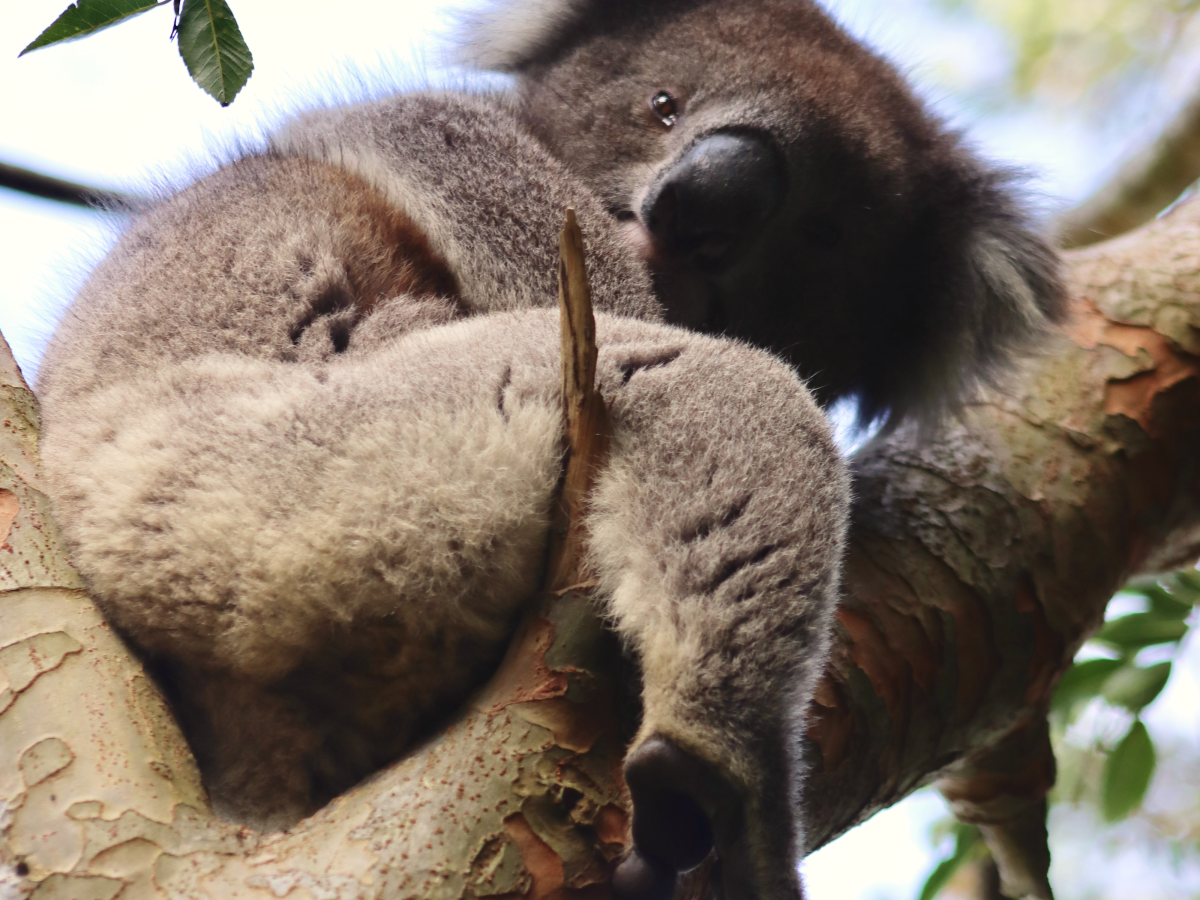… not centuries.
Here’s a little video production The Environment Institute put together that explains some of our lab‘s work and future directions.
—
—
… not centuries.
Here’s a little video production The Environment Institute put together that explains some of our lab‘s work and future directions.
—
—
« To corridor, or not to corridor: size is the question If a tree falls… preventing deforestation with insurance »
I am the Matthew Flinders Professor of Global Ecology at Flinders University.

Non-native species introduced mainly via increasing trade of goods and services have huge economic, health, and environmental costs. These ‘biological invasions’ involve the intentional or unintentional transport and release of species beyond their native biogeographical ranges, facilitating their potential spread. Over the last few decades, invasive species have incurred an average cost of at least…

Wildfire burns between 3.94 million and 5.19 million square kilometres of land every year worldwide. If that area were a single country, it would be the seventh largest in the world. In Australia, most fire occurs in the vast tropical savannas of the country’s north. In new research published in Nature Geoscience, we show Indigenous…

Australia is home to about one in 12 of the world’s species of animals, birds, plants and insects – between 600,000 and 700,000 species. More than 80% of Australian plants and mammals and just under 50% of our birds are found nowhere else. But habitat destruction, climate change, and invasive species are wreaking havoc on Earth’s…
Dear Dr Bradshaw,
You are absolutely right there is no time to waste, however, I wonder if you know of the work of Beyond Zero Emissions?
http://beyondzeroemissions.org/
LikeLike
Quite aware, thanks. Unfortunately, BZE has never answered any of its detractors, and assumes many impossible scenarios. See here and here for critiques.
LikeLike